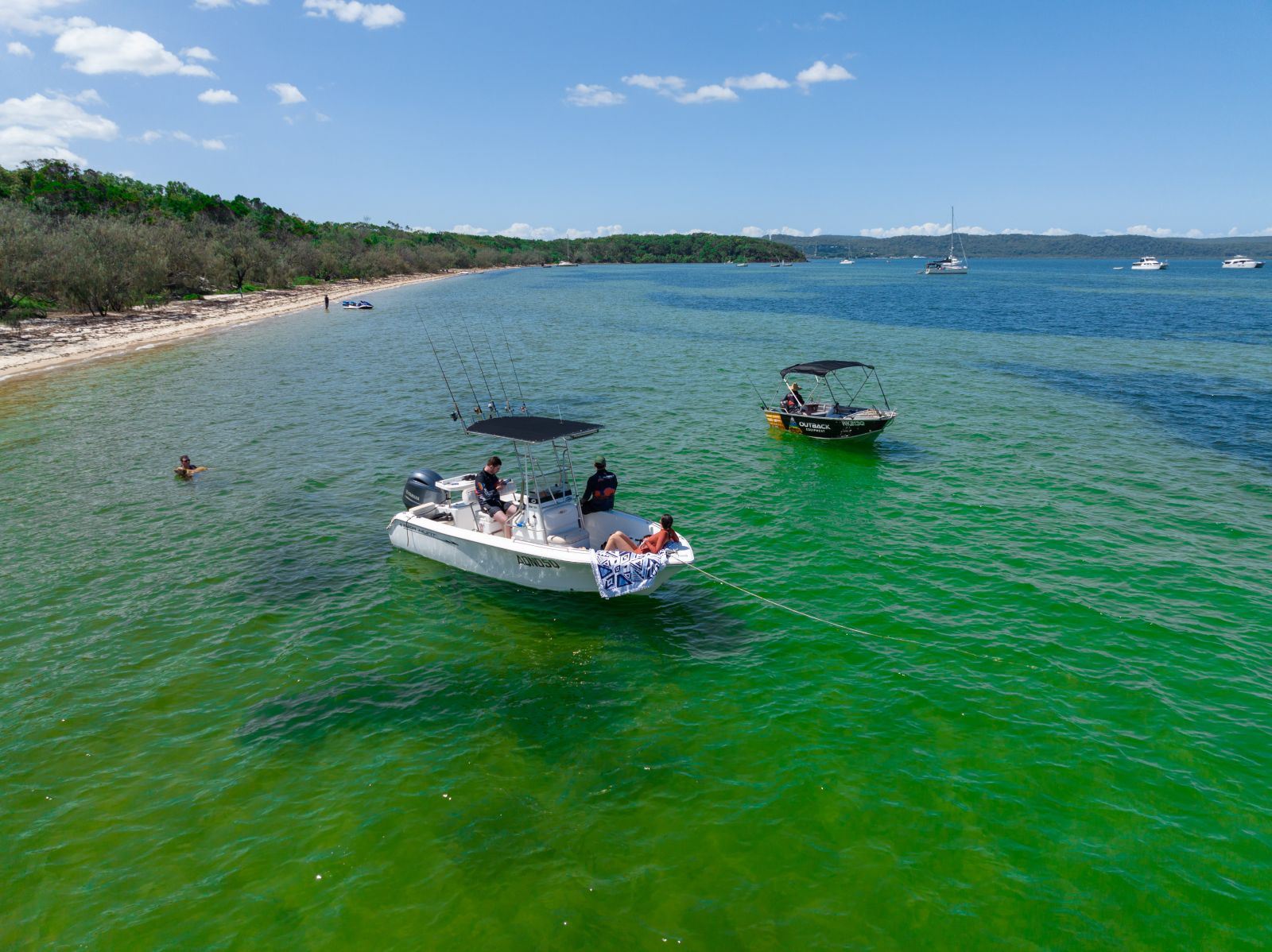How to remove a steering cable from an outboard motor.

In the last few years boat ownership has increased as travel within our borders was limited. Buyers have purchased a variety of watercraft, with smaller vessels accounting for the majority of purchases. If you are a new boat owner, as with any car, you'll want to understand how it all works. Although boat steering systems may not be the first thing that comes to mind for every skipper, knowing your way around when something goes wrong pays off. This blog will walk through the best way to either replace an existing steering cable or broken steering cable. Or if you are upgrading to a hydraulic system, to greater assist with steering and control. The benefits of a hydraulic steering system is being able to have a more responsive controller and a better steering assist for an all round more pleasant driving experience.
How do you remove a steering cable from an outboard motor:
Make sure you have the proper kit for the motor output. To refit your old gear, start by removing all of the mechanical components. Remove the mechanical helm and cord first. Install the new helm and pumps, as well as any necessary dash modifications. Avoid twisting and bending the hose lines, as well as any sharp surfaces. Connect the hydraulic hose to the cylinder ram and the outboard using this. To acquire good turning circles from the wheel, the system may need to be bled. If this is too much labour for you, employ a boat mechanic, but definately put aside at least 5-6 hours of labour time to replace a mechanical system to a hydraulic one.
Hydraulic kits are available for outboards with 100 to 300 horsepower, as well as single and multiple motor configurations. Take your boat for a spin once you've installed the new system. The steering will be much more fluid and controllable. Check out our huge range of outboard steering systems from trusted brands like Multiflex and Ultraflex. Be aware of how much hose and cable you will need to replace a steering system. You may need to remove the existing cable first and measure up against it for an accurate replacement.
The most common reason a steering cable breaks is the lack of use or if rust/corrosion have set in. They will need to be replaced every few years depending on how much upkeep you've have done. Be sure to grease complicated parts in your outboard board, such as grease nipples and bearings. The salt water, sun and wind will wear down grease faster that in a car so regular lubrication of steering and engine parts is a must. Forward control boats, tend to come with a decent hydraulic steering system already, however it is common for these to seize up or become worn inside the helm if not stored correctly, ie without a boat cover, outside.
Ideally you would have an annual service with a mechanic to check over your full steering system, keep all of steering and motor compontents well lubricated and clean. They will be able to check on the condition of your bezel and bleeder cap, in which hydraulic fluid is kept. When it comes down to it, a lot of these components are reletively simple to take apart and put back together, just be sure to label and record what parts are meant to go where. Take pictures as you go or ask a mate to help. Servicing your own boat shouldn't be a hassle with the right products on your side. Check out our boat wash and boat maintence category for ideas!


Leave a comment